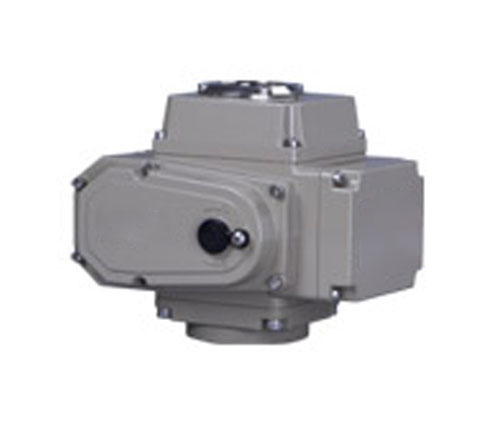VQH Series Driving Devices
※ Product Overview
Actuator is an indispensable and important part of automatic control system. Its function is to accept the control signal sent by the controller and change the size of the controlled medium, so that the controlled variable can be maintained in the required value or within a certain range. Actuators can be divided into three categories: pneumatic, hydraulic and electric according to their energy forms. Pneumatic actuator uses compressed air as energy source. Its characteristics are simple structure, reliable operation, stable, large output thrust, convenient maintenance, fire and explosion proof, and low price. Therefore, it is widely used in chemical, paper-making, oil refining and other production processes. It can be easily matched with passive instruments. Pneumatic actuators can be used even when electric instruments or computer control are used, as long as the electrical signal is converted to the standard pressure signal of 20-100 kPa through an electro-pneumatic converter or an electro-pneumatic valve positioner. The electric actuator has the advantages of convenient energy access and fast signal transmission, but its structure is complex and its explosion-proof performance is poor. Hydraulic actuator is basically not used in chemical and oil refining processes. Its characteristic is that the output thrust is very large.


 Data Download
Data Download
